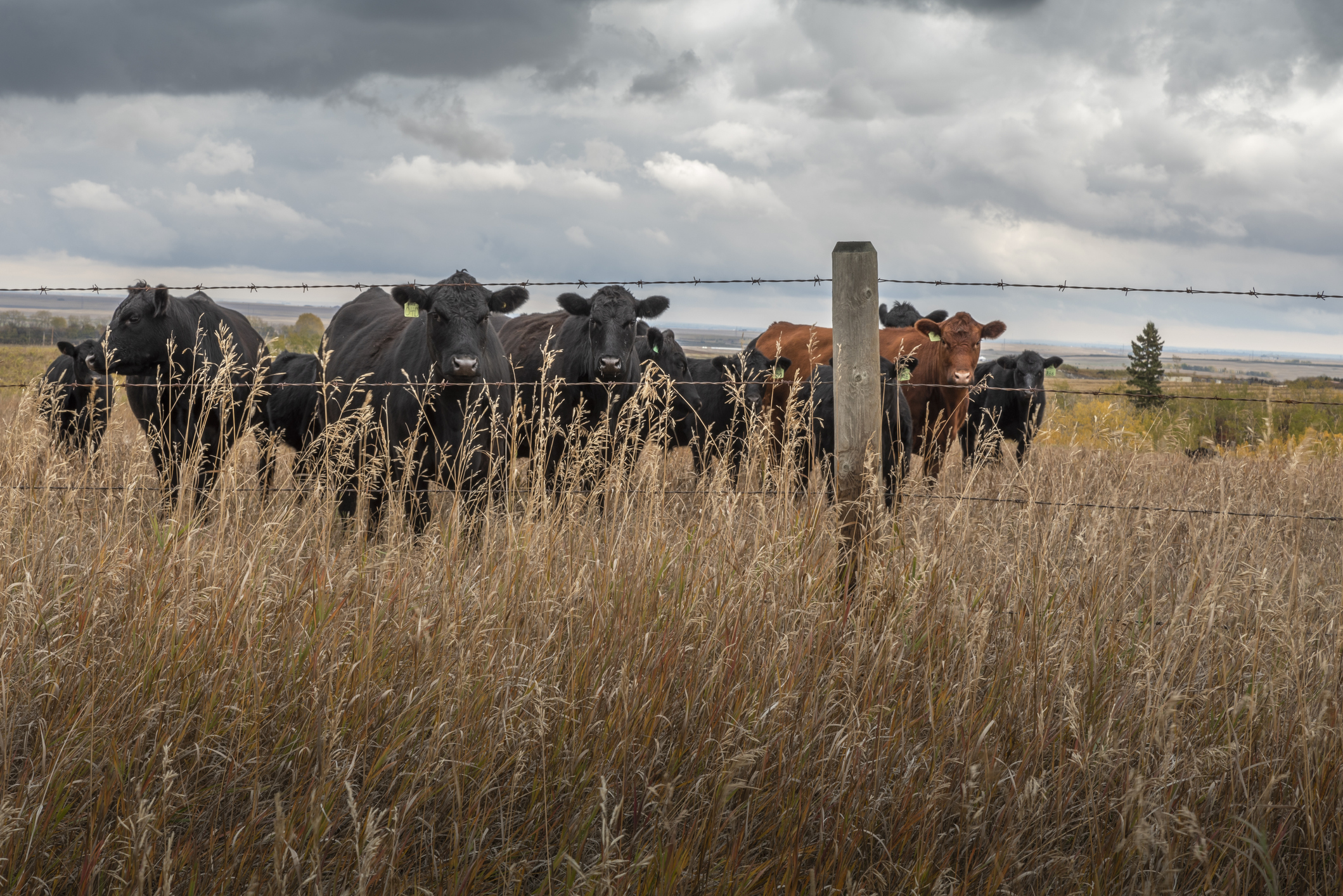Myiasis caused by the New World screwworm, is a transboundary disease established as a priority for the Americas since the beginning of the regional actions in the Global Framework for the Progressive Control of Transboundary Animal Diseases (GF-TADs) in 2005.
Currently, there has been an increase in cases in Panama and a reoccurrence has been detected in Costa Rica. In view of this situation, the GF-TADs will hold a meeting with the countries of the region to assess the situation and the next steps to be taken to control the disease.
What is the New World screwworm? What does it produce?
The New World screwworm, Cochliomyia hominivorax (Coquerel), is an obligate parasite of mammals, including humans, during their larval stages. It belongs in the subfamily Chrysomyinae of the family Calliphoridae of the order Diptera (true flies). Larvae feeding on the skin and underlying tissues of the host cause a condition known as wound or traumatic myiasis, which can be fatal.
Who may be affected?
It affects mammals, including humans, residing mainly in tropical and subtropical areas.
How is it transmitted?
Infestations are generally acquired at sites of previous wounding, due to natural causes or to animal husbandry practices, but they may also occur in the mucous membranes of body orifices. Female flies are attracted to wounds, at the edges of which each female lays eggs. The larvae emerge within 12–24 hours and immediately begin to feed, burrowing head-downwards into the wound. After developing the larvae leave the wound and drop to the ground, into which they burrow to pupate.
What is the duration of the cycle?
Under favourable conditions the average life cycle is approximately 21 days. The length of the off-host life cycle is temperature-dependent, being shorter at higher temperatures, and the entire cycle can be completed in less than three weeks in the tropics.
What are its economic implications?
The disease generates large losses in livestock production due to mortality and lower performance in milk and meat production.
Is there any treatment for the disease?
Treatment is usually by application of organophosphate insecticides to infested wounds, both to kill the larvae and to provide residual protection against reinfestation.
What are the preventive measures?
Preventive measures include:
There are no vaccines or biological products available, except for the use of the sterile insect technique.
Useful links:
More information about the disease: https://www.woah.org/en/disease/new-world-screwworm-cochliomyia-hominivorax/
About the GF-TADs: Global Framework for the Progressive Control of Transboundary Animal Diseases (GF-TADs)
Access WOAH Terrestrial Code: https://www.woah.org/en/what-we-do/standards/codes-and-manuals/terrestrial-code-online-access/?id=169&L=1&htmfile=chapitre_cochliomyia_chrysomya.htm
